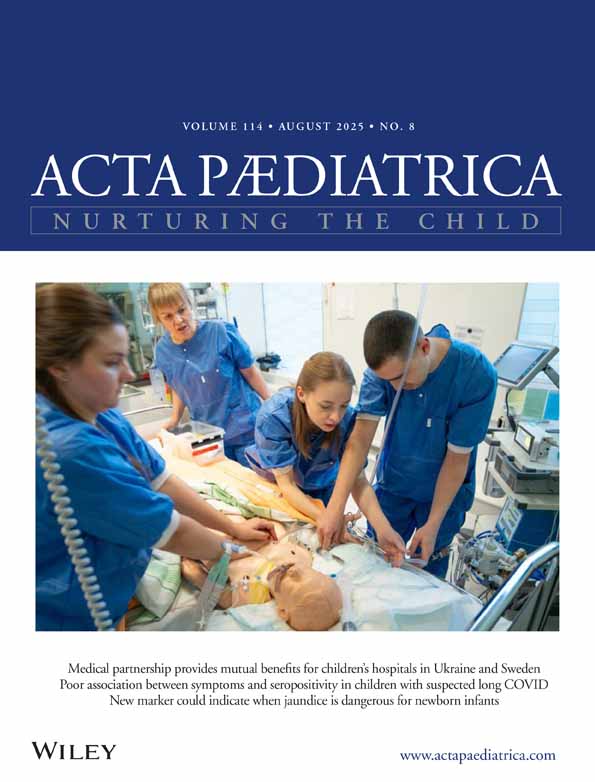Influence of Different Protein Intake on Renal Growth in Young Rats
Abstract
ABSTRACT. We have examined the effect of high protein intake on kidney growth and function in growing rats. The rats were kept on an isocaloric diet containing 12%, 21% and 50% protein, from weaning (16 days) until the time of investigation (18, 20, 24,40 or 80 days). There was no significant difference between the 12% and 21% protein groups in any of the parameters studied. 50% protein increased body weight (BW) and kidney weight (KW). The increase in kidney weight was already evident after 2 days and exeeded the increase in body weight in all age groups. At 24 days renal cortical DNA and the protein/DNA ratio were significantly increased in the 50% protein group. At 40 days the cortical DNA content, but not the protein/DNA ratio, was significantly increased in the 50% group. The glomerular filtration rate (GFR) was studied at 40 days. Total GFR as well as GFR/BW was significantly higher in the 50% group than in the 21% group. In one protocol the diet was discontinued at age 40 days and the rats were studied at age 80 days. In these rats all parameters of renal size and function were the same as in the rats that had had a normal (21%) protein intake from weaning. We conclude that in young rats high protein intake reversibly increases GFR out of proportion to BW and selectively and reversibly stimulates kidney growth by stimulating cell proliferation.




